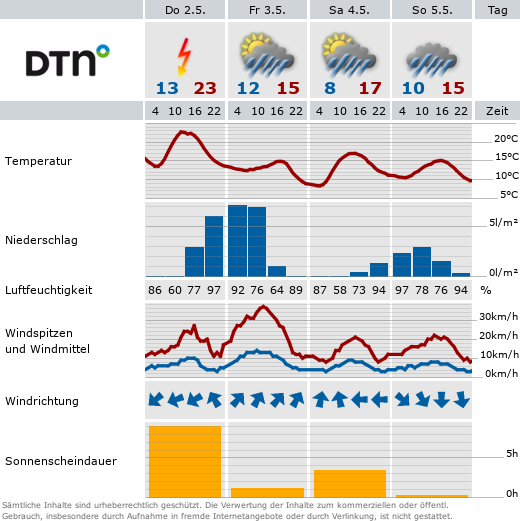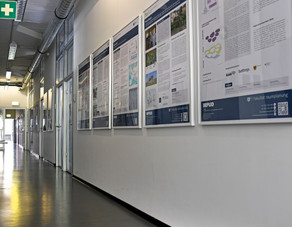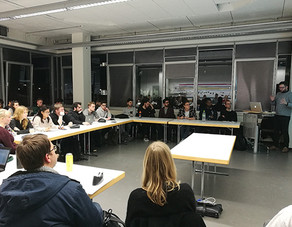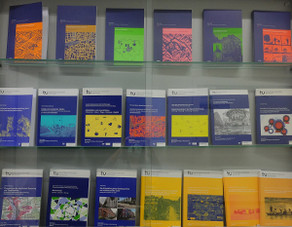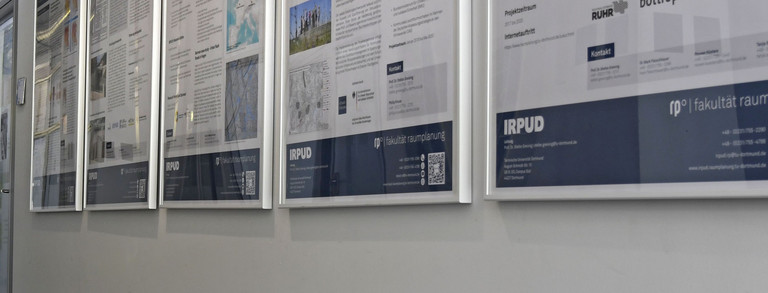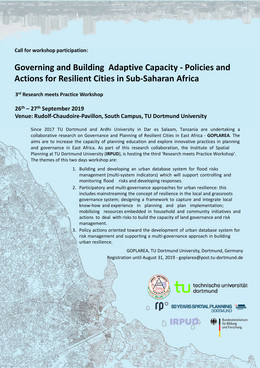Governing and Building Adaptive Capacity
- Projects
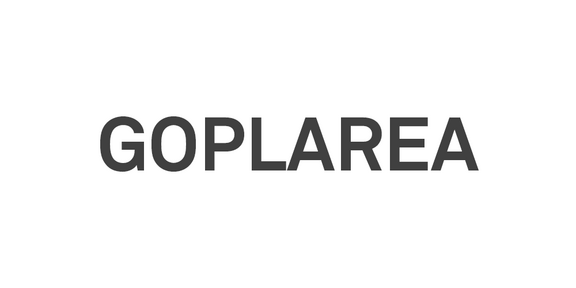
Governing and Building Adaptive Capacity - Policies and Actions for Resilient Cities in Sub-Saharan Africa
Since 2017, the Institute of Spatial Planning at TU Dortmund University (IRPUD) in cooperation with Ardhi University in Dar es Salaam, Tanzania, are organising a series of workshops in which researchers and practitioners meet to explore issues and novel ideas for increasing the resilience of cities in East Africa.
The third workshop will be held on 26th and 27th September 2019 in Dortmund, Germany, and will focus on the following topics:
- Building and developing an urban database for flood risks management
- Participatory and multi-governance approaches for urban resilience
- Policy actions oriented toward the development of an urban database system and supporting multi-governance approaches in building urban resilience
The workshops are part of the research-cum-training project "Governance and Planning of Resilient Cities in East Africa" (GOPLAREA). The project aims to increase research and training capacities of regional universities and explore innovative practices in planning and governance, which enhance resilience of East African cities. The project is funded by the German government through its German Academic Exchange Service (DAAD) and the Federal Ministry of Education and Research (BMBF).
Registration is open until August 31: goplarea(at)post.tu-dortmund.de


